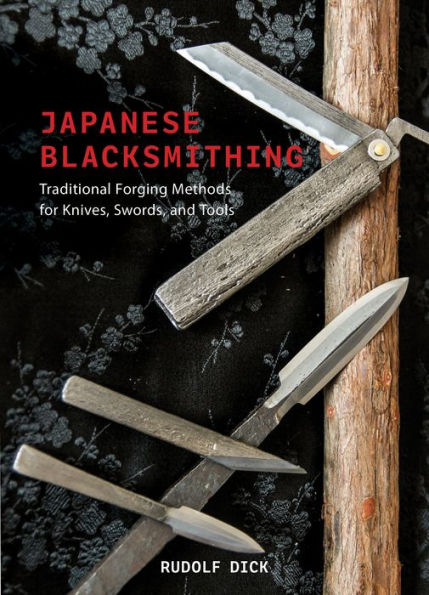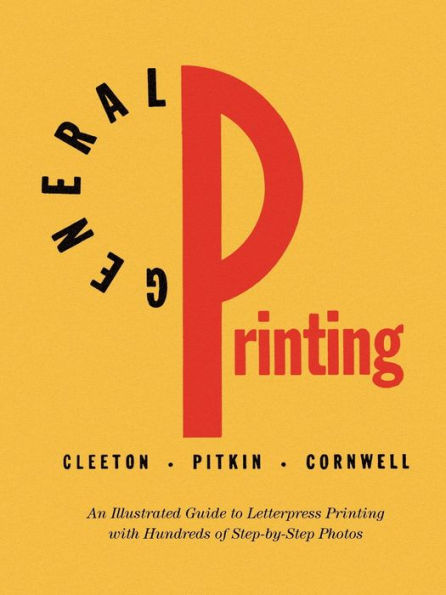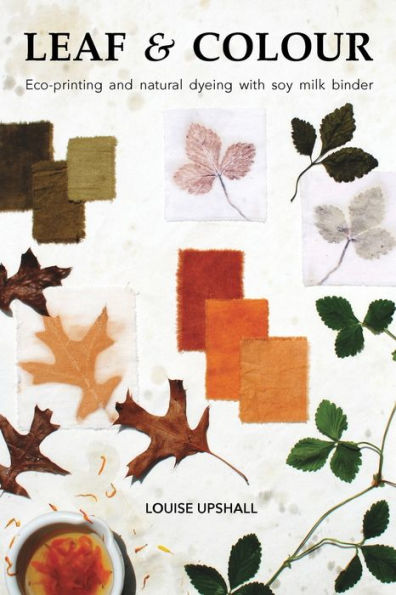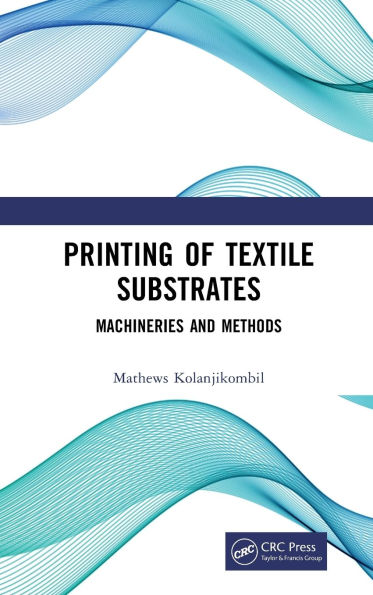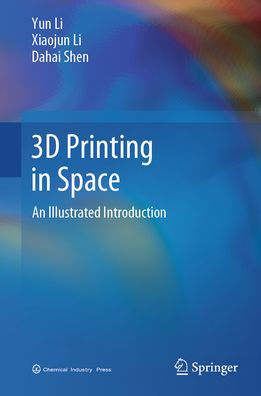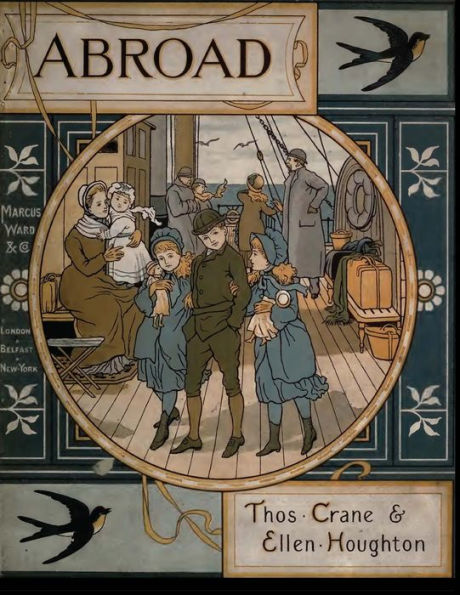Home
Tools and Materials Illustrating The Japanese Method of Colour-Printing
Barnes and Noble
Loading Inventory...
Tools and Materials Illustrating The Japanese Method of Colour-Printing
Current price: $16.24
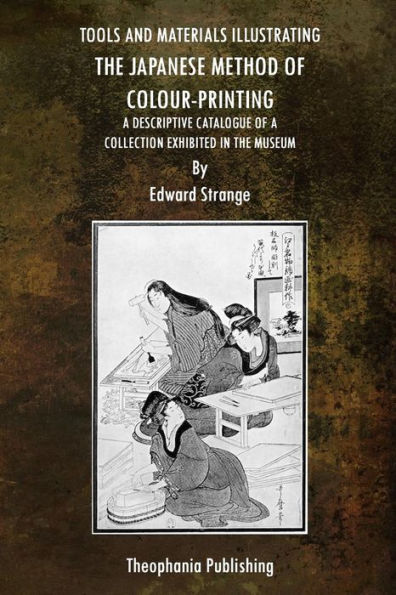
Barnes and Noble
Tools and Materials Illustrating The Japanese Method of Colour-Printing
Current price: $16.24
Loading Inventory...
Size: Paperback
*Product information may vary - to confirm product availability, pricing, shipping and return information please contact Barnes and Noble
Thank you for checking out this book by Theophania Publishing. We appreciate your business and look forward to serving you soon. We have thousands of titles available, and we invite you to search for us by name, contact us via our website, or download our most recent catalogues. The process of colour-printing from wood-blocks, used in Japan from the early part of the 18th century, has much in common with that of the so-called chiaroscuro wood-cuts first produced in Italy and Germany during the 16th century, of which the work of Andrea Andreani (1540-1623) supplies good examples. It is possible that the Japanese method was derived from this source, either directly or by way of China. Japanese tradition ascribes the invention to Takekawa Minosuke (Manji Period, A.D. 1658-1660); and a volume of Costume Designs in the Museum, dated 1667 (O4. C. 20), is printed in colours, only one, however, being used on each plate. The Chinese are known, with certainty, to have employed this process before the end of the 17th century; but no Japanese colour-print has yet been recorded, which can be placed, authentically, earlier than the second quarter of the 18th century. Credit for the first production of them is generally given to Torii Kiyonobu (1664-1729); but the greatest development was due to Suzuki Harunobu (died A.D. 1770, aged 67 years). Japanese authorities say that the improvements popularized by this artist were invented by an engraver named Kinroku, in conjunction with a printer; and that Harunobu, employing them to reproduce his pictures, about the year 1765, thus laid the foundation of a school of artists who found their chief occupation in designing for this class of work. Katsugawa Shunsho (died A.D. 1792, aged 67 years) developed the process still further; and it reached its highest technical level before the close of the 18th century.
Thank you for checking out this book by Theophania Publishing. We appreciate your business and look forward to serving you soon. We have thousands of titles available, and we invite you to search for us by name, contact us via our website, or download our most recent catalogues. The process of colour-printing from wood-blocks, used in Japan from the early part of the 18th century, has much in common with that of the so-called chiaroscuro wood-cuts first produced in Italy and Germany during the 16th century, of which the work of Andrea Andreani (1540-1623) supplies good examples. It is possible that the Japanese method was derived from this source, either directly or by way of China. Japanese tradition ascribes the invention to Takekawa Minosuke (Manji Period, A.D. 1658-1660); and a volume of Costume Designs in the Museum, dated 1667 (O4. C. 20), is printed in colours, only one, however, being used on each plate. The Chinese are known, with certainty, to have employed this process before the end of the 17th century; but no Japanese colour-print has yet been recorded, which can be placed, authentically, earlier than the second quarter of the 18th century. Credit for the first production of them is generally given to Torii Kiyonobu (1664-1729); but the greatest development was due to Suzuki Harunobu (died A.D. 1770, aged 67 years). Japanese authorities say that the improvements popularized by this artist were invented by an engraver named Kinroku, in conjunction with a printer; and that Harunobu, employing them to reproduce his pictures, about the year 1765, thus laid the foundation of a school of artists who found their chief occupation in designing for this class of work. Katsugawa Shunsho (died A.D. 1792, aged 67 years) developed the process still further; and it reached its highest technical level before the close of the 18th century.

